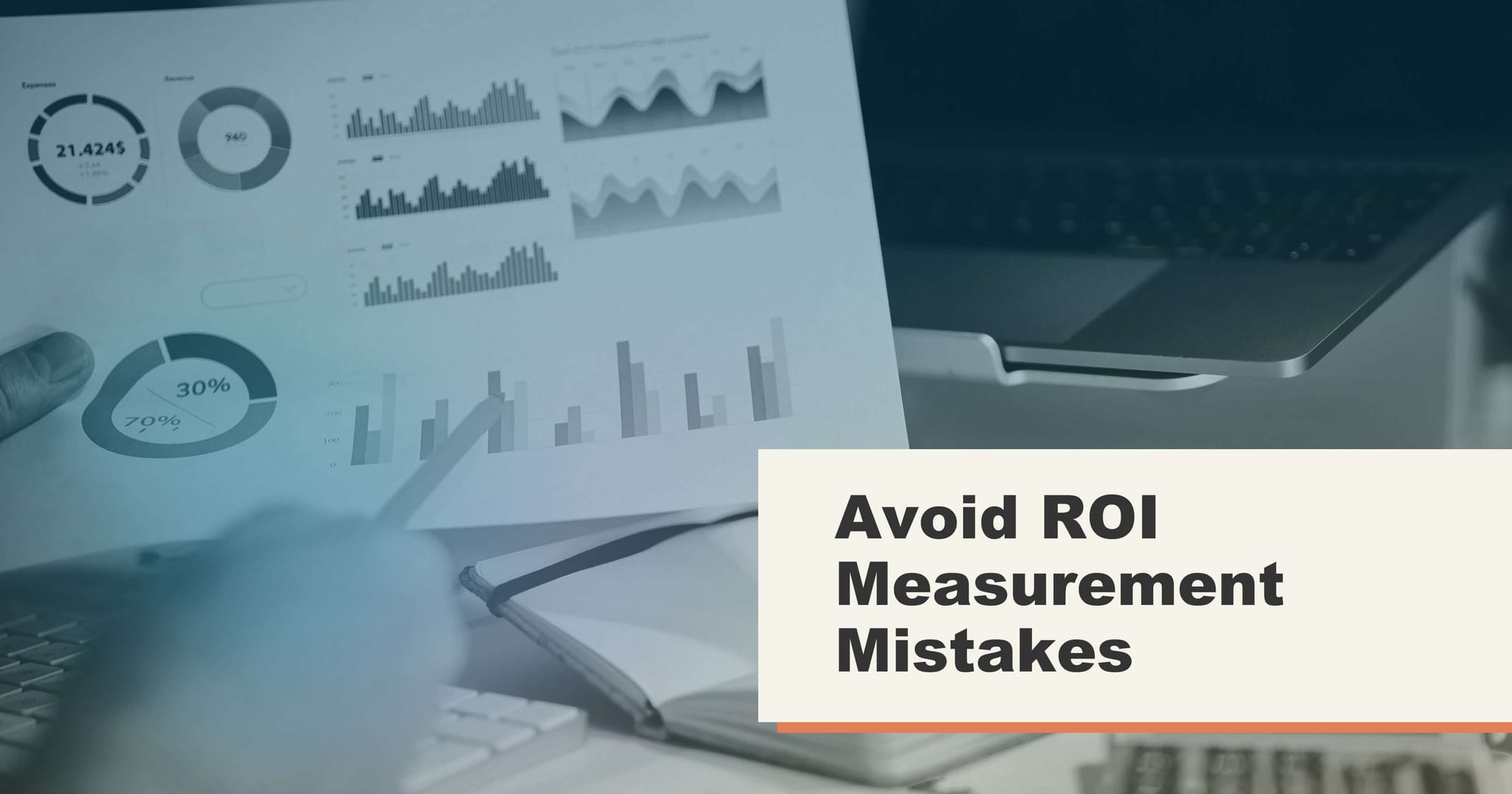Avoid 6 common pitfalls when measuring the ROI of your community

Sometimes, knowing what not to do is a good way to get better at something. We’ve put together a list of the common missteps that community managers make when attempting to measure the ROI of their community.
Avoiding the usual pitfalls of calculating the ROI of your community early can save time, reduce frustration, and help you communicate your community’s value more clearly.
Our goal is to help you avoid these pitfalls so you can focus on what really matters: running a thriving community and showing how much it’s contributing to the bigger picture.
Why measure ROI?
Return on Investment (ROI) is a critical metric commonly used to assess the profitability of an investment. Traditionally, businesses use ROI to assess the financial returns of a project. Basically, ROI determines whether an investment is profitable, unprofitable, or breaks even. It is important to understand how to calculate it for your community.
Understanding how to calculate ROI of your community gives you a clearer way to show the impact of your work and advocate for continued investment.
Why calculating ROI isn’t always easy
Communities are nuanced. No two are the same. Capturing the full value requires a deep understanding of what the business is trying to achieve, as well as what the members are trying to achieve. Finding how to measure that sweet spot in the middle is where the magic happens (and the pitfalls might occur).
The multifaceted nature of communities makes measuring their financial return complex. Because communities generate both tangible and intangible value, measuring ROI requires more than just financial data. Metrics like revenue or cost savings matter, but so do things like retention, satisfaction, and sentiment.
The more fully you understand the return your community creates, the easier it is to make a case for its ongoing value.
Pitfall 1: Failing to Measure the Financial Return
Many community builders overlook the importance of measuring the financial return of their communities in the first place. Instead, they focus solely on engagement or satisfaction metrics.
This is often due to a feeling that it will be difficult to translate community activity into direct revenue. However, failing to capture financial impact means you might miss critical insights into how the community directly supports the organisation’s bottom line.
Avoid It: Begin by tracking all expenses associated with running your community, such as software costs, staff time, and event budgets. Next, identify which community activities contribute to revenue, such as events that drive sales, or upsell opportunities from engaged members. By comparing the costs against the revenue generated, you can assess the community’s financial impact.
Pitfall 2: Overemphasising Vanity Metrics
So often community metrics look like a laundry list of vanity indicators relating to reach, awareness, interaction and other engagement scores. What is often missing is the singular intention for the existence of your community as it relates to your broader business objectives.
- Lauren Capelin @ AWS
It’s easy to get caught up in flashy numbers like total membership count, likes, or followers. While these might look impressive, they don’t necessarily indicate whether your community is delivering real value, nor do they reflect ROI.
Avoid It: Instead of focusing on vanity metrics, prioritise metrics that reflect the objectives of the business. Sit down with your team and unpack together what the core focus is and what is important to track.
Pitfall 3: Misalignment with Business Goals
One of the biggest mistakes community builders make is tracking metrics that aren’t aligned with their organisation’s goals. If your community’s Key Performance Indicators (KPIs) don’t support your business objectives, you're likely wasting time and resources.
Avoid It: Ensure that your community metrics are tightly aligned with business goals. For example, if your company is focused on customer retention, measure how community involvement correlates with customer loyalty and life-time value. Metrics should tell a story about how the community drives value for your organisation. Don’t waste time tracking metrics that don’t matter. Make it count.
Pitfall 4: Misinterpreting Data
When measuring ROI, it’s common to misinterpret numbers if they’re taken out of context, which can result in an inaccurate picture of your community’s real financial impact. Many community builders fall into the trap of drawing quick conclusions from isolated metrics, missing deeper insights that could better demonstrate the value the community brings.
Avoid It: Ensure you gather the relevant quantitative data with qualitative insights, like member stories or feedback, to ensure you’re interpreting the data correctly. Ask questions and gather second opinions from your team to ensure you’re understanding the numbers correctly.
Pitfall 5: Trying to Track Everything
More isn’t always better, especially when it comes to metrics. Many try to track dozens of metrics, OKRs or KPIs, spreading their attention too thin, and thus failing to communicate the full value of the community. How can someone understand the ROI of your community if you give them 100 numbers to look at?
Avoid It: Less is more. Focus on three metrics that truly represent the value your community provides, in addition to calculating its financial return. For instance, if you know that your community is profitable (hooray!), pick three metrics that explain the intangible value it brings to members.
Pitfall 6: Prioritising Metrics Over Community Care
Avoid assuming metrics alone will drive success for your community; investment and caring for your community comes first. Being there is more important than the metrics. - Sam Saffron @ Discourse
Metrics are useful, but they shouldn’t be the only thing driving your community-building strategy. If you’re too focused on numbers and increasing ROI, you risk losing the authentic connections that make communities irreplaceable.
Avoid It: Remember, community care comes first. Investing time in nurturing relationships, creating meaningful experiences, and fostering a positive culture will ultimately lead to the metrics you’re aiming for. Genuine supporting people will always have a bigger impact than raw numbers.
Final Thoughts
Measuring the ROI of a community can be tricky, but avoiding these common pitfalls will help you stay on track. By focusing on meaningful engagement, aligning with business goals, and staying attuned to your members’ needs, you’ll be able to capture the true value of your community and communicate it with confidence.
Want to Dive Deeper?
For more insights into measuring ROI, download our free white paper "How To Calculate the ROI of Your Community," created in collaboration with The Community Collective.
It’s our essential guide for anyone looking to quantify and communicate the true value of their community.
